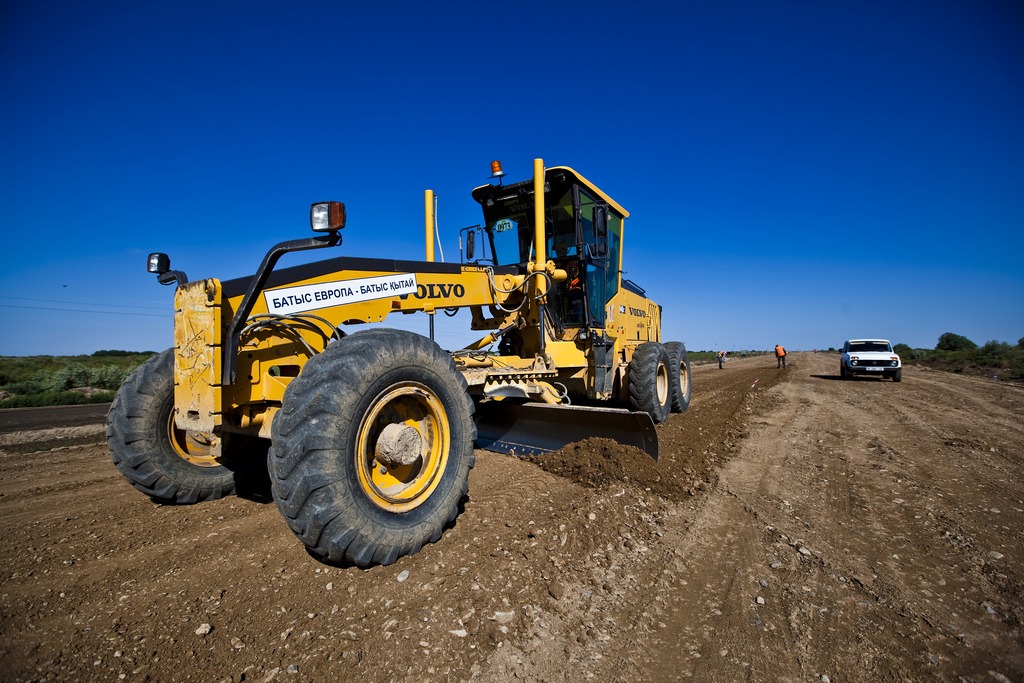Growth in the African market for constructing on-land utility systems, highways and bridges, ports and airports and marine facilities has risen from 1.9 per cent year on year to 8.7 per cent, a report by a global research firm-The Business Research Company (TBRC) shows.
The growth was realised in spite of the sub sector being held back by lack of capacity on the part of the players in the industry when it comes to undertaking some of the largest projects. This problem is global; over 90 per cent of the market is split among competitors with a less than 0.5per cent share. East Africa is no exception. No East African company is among Africa’s largest 250 businesses. As a result, in East Africa as in other emerging economies, the largest projects go to foreign construction businesses and more use of worker rather than machinery is evident.
TBRC is a market and consumer research company with an eye on a range of industries globally. With offices in the UK, US and India and consultants in 20+ countries globally, they use advanced secondary and investigative primary research techniques to find business critical information. Their typical projects include helping clients find new customers, understanding competitors and analysis of markets.
The African market for heavy and civil engineering was worth under US$150 billion in 2016, but by 2021 the rapid acceleration in its growth will raise that to nearly US$225 billion, while the overall construction market in the region, which includes building and speciality trades, will hit over US$795 billion value.
Urbanization is the key factor
Economic growth coupled with an increase in Africa’s urbanization is what will increase the demand for new residential and commercial buildings on the continent, leading to increased investment in transportation infrastructure, electricity and water networks, sewerage and sanitation plants. Large opportunities are expected to arise in countries such as Kenya, where nearly 2 million people are moving to the cities each year. It is a similar story in Uganda, where urbanization affects over 2 million each year, and an even stronger one in Ethiopia, urbanizing at a rate of more than 8 million people a year. After Asia, Africa has the world’s second fastest growing urban population. It is estimated that by the mid-2030s, half of the region’s people will be living in cities.
Economic growth is another market driver
Countries such as Kenya, Tanzania and Ethiopia are expected to drive economic growth in East Africa during 2017-21. Expansion of the economy will not only increase business activity in the region, it will also lead to a rise in diversification of investments, a rise in disposable income, and infrastructural development. For instance, Ethiopia has the region’s second largest population and is expected to witness an economic growth of 8 per cent. Similarly, Kenya, is expected to grow at around 6 per cent up to 2021.
Given these modernising trends, growth in East Africa’s market for heavy and civil engineering construction is expected to at least keep up with the rest of Africa.












